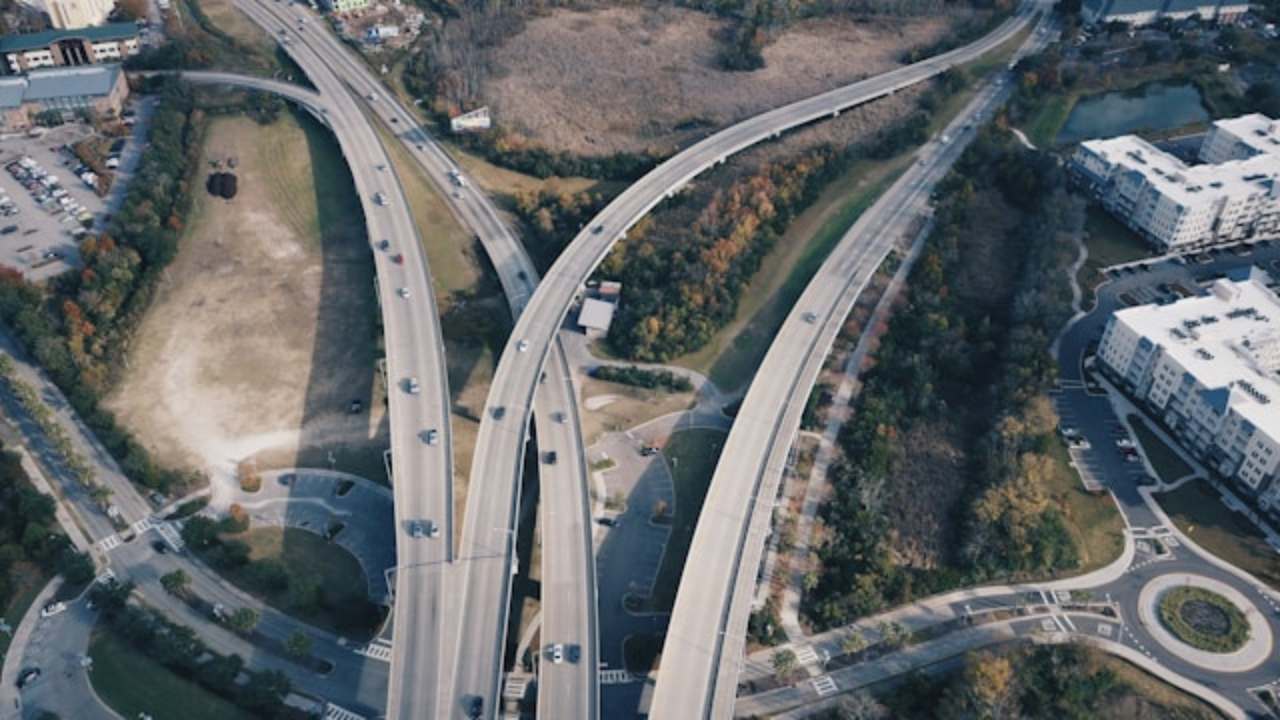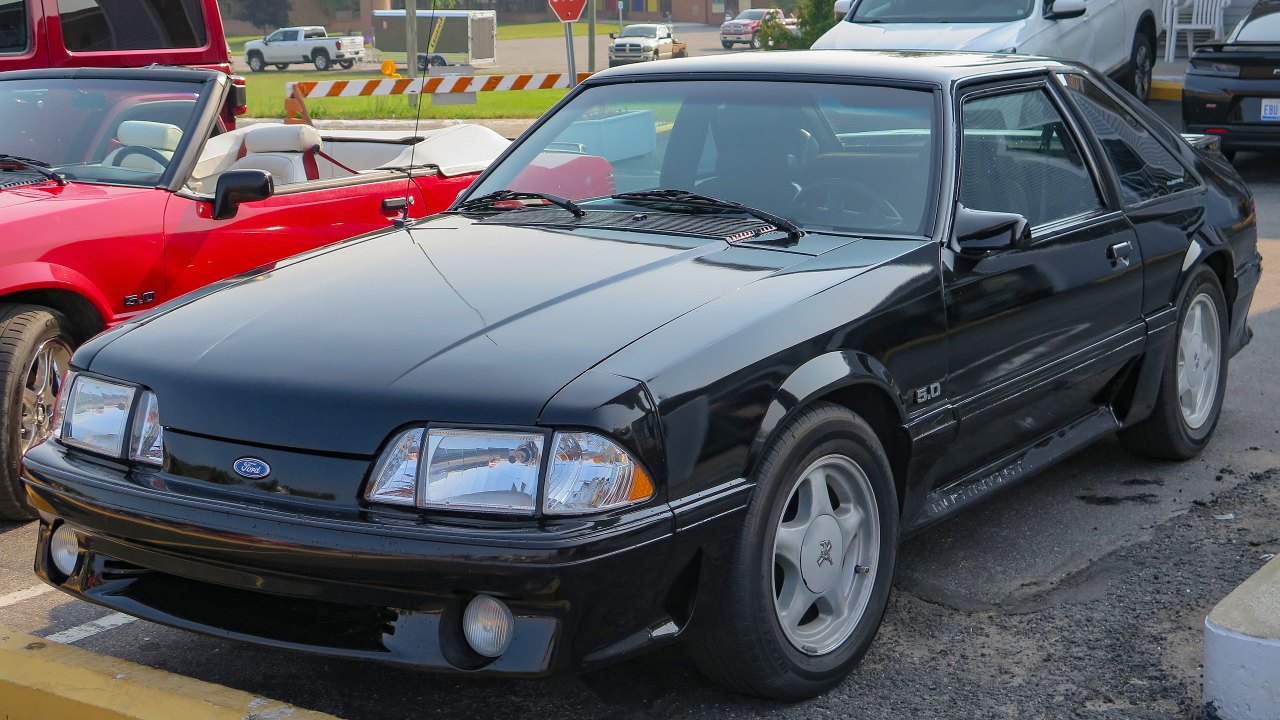The development of the interstate highway system in the mid-20th century revolutionized American travel, transforming not just how people moved from place to place, but also reshaping the nation’s economy, society, and landscape. The interstate network provided a seamless way to connect different regions, making travel faster and more accessible. It’s a story of innovation that significantly contributed to the country’s growth and development.
The Birth of the Interstate System
The Federal-Aid Highway Act of 1956 was a landmark moment in U.S. history, marking the inception of the Interstate Highway System. When President Dwight D. Eisenhower signed the act into law, it was driven by a vision to create a network of roads that would enhance national defense and improve civilian transportation. Eisenhower’s own experiences with the poor road conditions during a 1919 cross-country military convoy and his observations of Germany’s efficient autobahns during World War II were instrumental in shaping his support for a robust highway system in the United States.
Initially, the project faced numerous challenges and controversies. Funding was a significant hurdle, as the federal government needed to devise a new approach to finance the massive construction costs. The solution was a federal gasoline tax, which provided a steady stream of revenue for the endeavor. Additionally, there were disputes about routing, environmental impacts, and the displacement of communities, which delayed progress in some regions. Despite these obstacles, the project moved forward, laying the foundation for a transformative era in American travel.

Revolutionizing Road Travel
The newly constructed interstate highways dramatically reduced travel time and enhanced safety for long-distance travelers. This network of highways allowed for uninterrupted travel across states, minimizing the need for frequent stops and detours. The introduction of controlled-access highways with limited entry and exit points, coupled with improved road standards, decreased the likelihood of accidents, making long-distance travel safer.
The interstate system also revolutionized personal mobility. With improved access to destinations that were previously difficult to reach, more Americans took to the roads to explore distant parts of the country. The rise of the automobile industry, marked by iconic models like the 1957 Chevrolet Bel Air, further fueled this trend. The newfound freedom led to the growth of a vibrant road-trip culture, with motels, diners, and roadside attractions springing up along major routes to cater to travelers’ needs. These establishments became iconic symbols of the American travel experience, offering a unique blend of convenience and nostalgia.
Economic and Urban Development
The interstate highway system was a catalyst for significant economic and urban development. One of its most profound impacts was on suburban expansion. As highways made commuting easier, cities expanded outward, leading to the proliferation of suburban neighborhoods. This shift in living patterns was facilitated by the availability of affordable housing, epitomized by developments like Levittown, and the promise of a more spacious and idyllic lifestyle.
Moreover, the highway network facilitated the efficient movement of goods, revolutionizing commerce and industry. Trucks replaced trains as the primary means of freight transport, allowing businesses to distribute products more quickly and cost-effectively. This transformation enabled regional economies to flourish, attracting new businesses to previously isolated areas. Cities like Atlanta and Dallas experienced significant growth due to their strategic locations along major interstate corridors, becoming vital hubs for trade and commerce.

Social and Cultural Impacts
The interstate system profoundly influenced American lifestyle and leisure activities. Easier access to national parks, theme parks, and other recreational destinations reshaped family dynamics and vacation habits. Families could now embark on cross-country road trips, visiting landmarks such as the Grand Canyon, Disneyland, and Mount Rushmore, which fostered a sense of national identity and unity.
As different regions became more interconnected through travel, the cultural landscape of America began to shift. The blending of regional cultures led to a more homogenized national identity, while still allowing for the celebration of local traditions and customs. The interstate system played a vital role in facilitating this cultural exchange, contributing to the rich tapestry of American society.
Environmental and Societal Challenges
Despite its many benefits, the interstate highway system also brought about significant environmental and societal challenges. The increased use of automobiles contributed to pollution and the depletion of natural resources. Suburban sprawl, driven by the ease of highway commuting, led to the loss of green spaces and the encroachment on wildlife habitats. These environmental consequences have sparked ongoing debates about the sustainability of car-centric infrastructure.
The construction of highways often resulted in the displacement of communities, particularly in urban areas. Many neighborhoods were divided or demolished to make way for new roads, disproportionately affecting low-income and minority communities. The legacy of these decisions continues to impact urban development and social equity, prompting discussions about how to address historical injustices and plan for more inclusive infrastructure projects.
As the interstate system ages, the need for infrastructure maintenance and expansion becomes more pressing. Modern challenges, such as climate change and evolving transportation technologies, necessitate a reevaluation of the highway network’s role in American society. Policymakers and planners must balance the demands of economic growth with the imperative to create sustainable and equitable transportation solutions for the future.
Like Fast Lane Only’s content? Be sure to follow us.
Here’s more from us:
*Created with AI assistance and editor review.







Leave a Reply